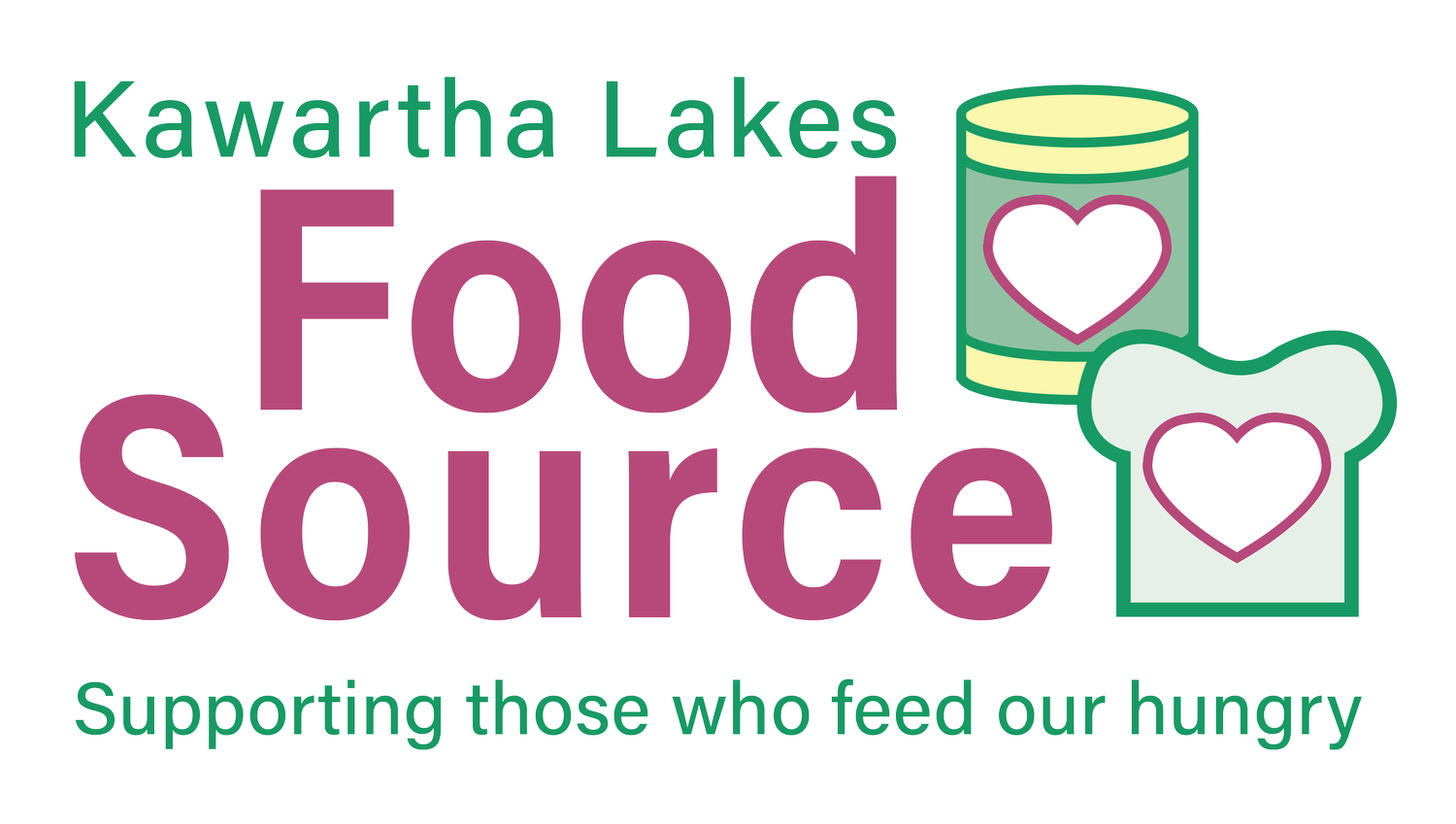Hunger Count 2022: National Report
On October 27, 2022, Food Banks Canada released their annual Hunger Count Report sharing that food bank usage across the country has increased to 1.5 million visits in March 2022, up 35% compared to pre-pandemic visits during the same time period in 2019. The Hunger Report encompasses the 4,750 + food banks across the country and is telling us that food bank usage is at the highest usage in Canadian history.
In the City of Kawartha Lakes, usage at our eight-member food banks has been consistently serving an average of 1,000 clients in both March 2022 and March 2019. Of those served, one third are children. Additionally, in March 2022 member food banks saw 54 new clients accessing the services of a food bank for the first time which is a 50% increase over March 2019.
The top three reasons people accessed a food bank this year were due to food costs, low provincial social assistance rates, and housing costs.
According to the newly released Food Banks Canada Hunger Count 2022 report, “Canada’s food banks are facing uncharted challenges as turbulent economic conditions continue to exacerbate and deepen systemic inequities, especially for employed people earning low incomes, students and seniors on fixed incomes,” explains Food Banks Canada CEO Kirstin Beardsley.
As a proud member of Food Banks Canada, Kawartha Lakes Food Source stands with their recommendations below to make true and lasting change to reduce hunger in our community.
Canada needs progress towards a minimum income floor for all.
As it stands, some form of an income floor exists for seniors and families with children. However, singles and people living with disability are struggling. Efforts need to be made to strengthen the existing floors while introducing new ones. A disability benefit that is harmonized between governments, minimum income pilots, and more mental health supports are just some examples of what we need to get there.
Our affordable housing crisis needs immediate and long-term solutions.
As more people continue to struggle at unprecedented rates, affordable housing supplies are still eroding and are being built too slowly. While work needs to be done to expand the development of new affordable housing, short term solutions like a national rent-assist program are needed.
As low-income workers flood food banks, Canada needs new policies that guarantee those who work will always have enough money to put food on the table.
This means that the long-awaited EI reforms need to be introduced swiftly. Additional reforms to the CWB will also be necessary to ensure that Canadian workers with low incomes can make ends meet.
Food insecurity and poverty must get special attention in northern and remote parts of Canada.
This region suffers from much higher rates of poverty and food insecurity than the rest of the country. Failed programs like Nutrition North must be overhauled and new locally driven approaches to develop Northern economies must also be prioritised to help support communities that have struggled for far too long.
For more information about the Food Banks Canada Hunger Report 2022, visit www.foodbankscanada.ca.
